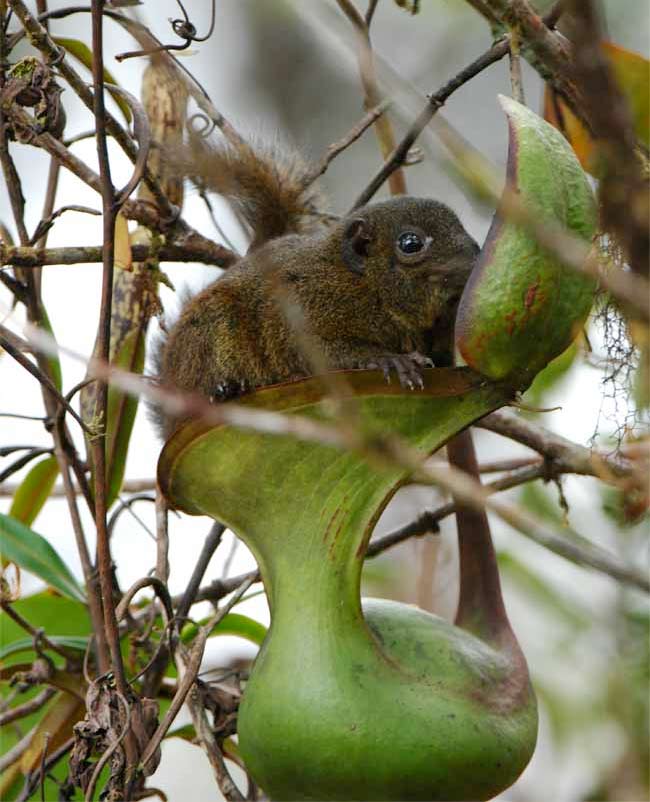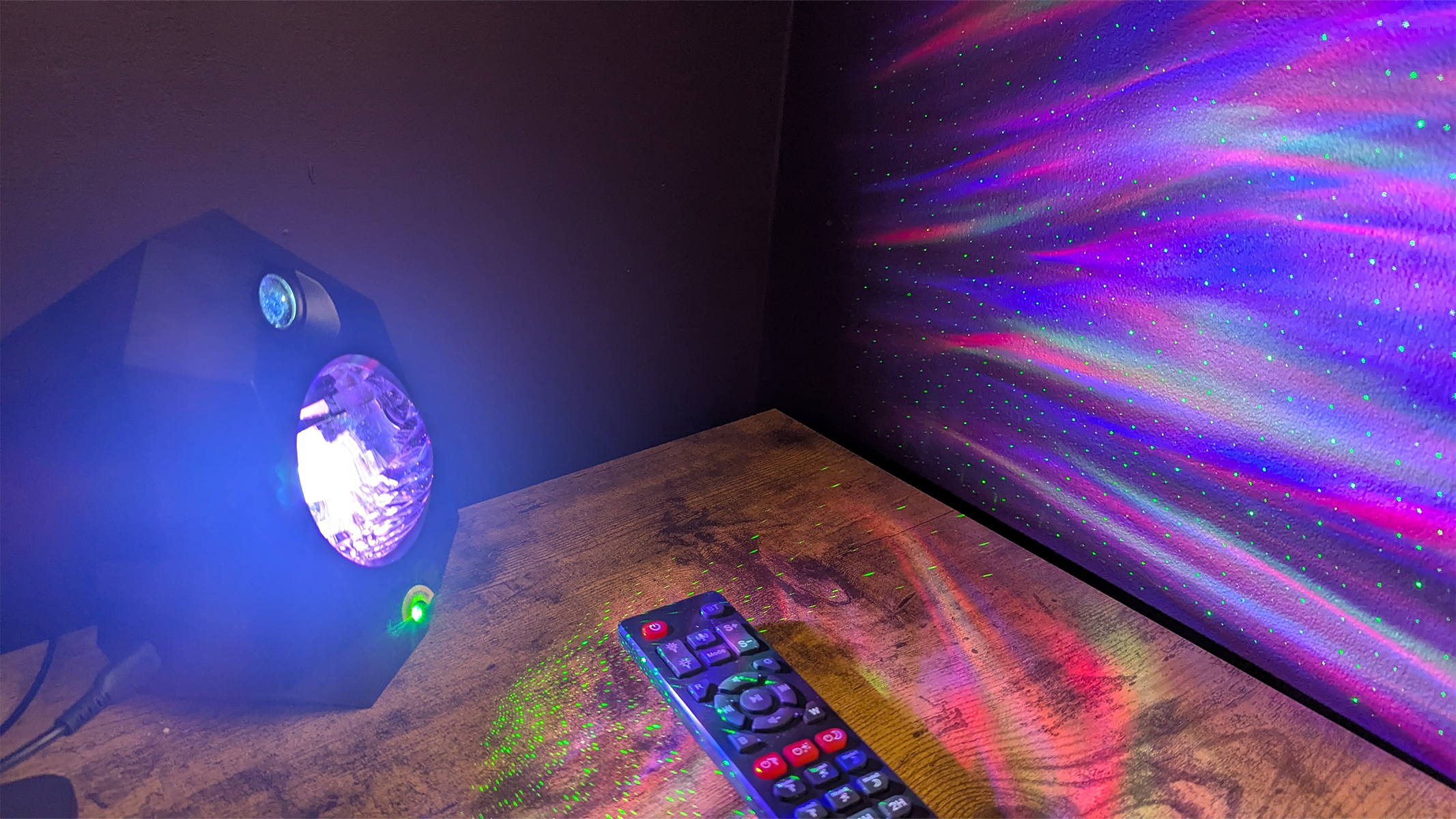Glowing Mushrooms, Stalk-Eyed Bugs & Plant Toilet Found in Borneo

A recent expedition to the island of Borneo in Southeast Asia turned up some trippy species: bioluminescent mushrooms, stalk-eyed flies, jumping spiders and a pitcher plant that doubles as a toilet for small animals.
"It has been a successful expedition," team leader Menno Schilthuizen, of Naturalis Biodiversity Center in the Netherlands, said in a statement. "A lot of material has been collected … Now the next phase will start, namely DNA research into the relationships."
The team of Dutch and Malaysian researchers aimed to investigate the biodiversity around Mount Kinabalu, Borneo's highest point, and they say they've collected some 3,500 DNA samples of more than 1,400 species of plants, fungi and animals. Of these, they've identified about 160 species previously unknown to science, inlcuding spiders, mushrooms, beetles, snails, damselflies, ferns, termites and possibly a frog. [See Photos of the Borneo Finds]
The scientists won't publish their finds until next year, but they described this part of Borneo as an "El Dorado" for fungi experts.
"While the plant and animal life of this mountain has been the focus of numerous research projects, Kinabalu has remained terra incognita for scientific studies on fungi," team member and mycologist József Geml said in a statement. "One of the manifestations of this diversity comes in the endless variety of shapes and colors that sometimes are truly breathtaking."
During walks through the jungle in the dark, Geml and his team found two glowing species of fungi, one of which might be new to science.

"Glowing mushrooms are rare but they do exist outside the psychedelic world," Luis Morgado, who worked with Geml, wrote in a September blog post for the Naturalis Biodiversity Center. "During daytime one might pass by and even photograph them without knowing it, but only a nocturnal excursion reveals this incredible phenomenon that remains hidden in plain daylight."
Get the world’s most fascinating discoveries delivered straight to your inbox.
Among the other highlights of the expedition was the study of the region's stalk-eyed flies whose peepers sit on stems that are sometimes even longer than their bodies.
"The longer the stalks of the male flies, the more attractive they are to the females," Hans Feijen explained in an August blog post on Naturalis' website. Feijen said samples collected in Borneo could help answer questions about the life history of the flies.
"In Asia, species produce up to 5 or 6 generations per year, while species in Africa produce only one generation per year," Feijen said in the post. "On the other hand, there is one stalk-eyed fly in Borneo that can live up to 1.5 years. How is that possible? Does this have to do with the parasite fungi on the flies, which are killing them? Do the ageing flies in Borneo lack these fungi, or did they find a way to live happily together? We would like to answer these kinds of questions."
The researchers also spotted a species of pitcher plant, Nepenthes lowii, in an undisclosed area where it hadn't been recorded previously. The plant, which is endemic to Borneo, gets much-needed nitrogen from the poop of small animals like mountain tree shrews.
"To accomplish this, it attracts and feeds small mammals with exudates (nectar) produced by glands in the inner lid of the pitchers," team researcher Rachel Schwallier wrote in a September blog post. "As the tree shrew sits to feast on this plant-produced meal, its feces fall into the opening of the trap for a nitrogen rich snack for N. lowii — what an awesome strategy for nutrients!"
Follow LiveScience on Twitter @livescience. We're also on Facebook & Google+.

